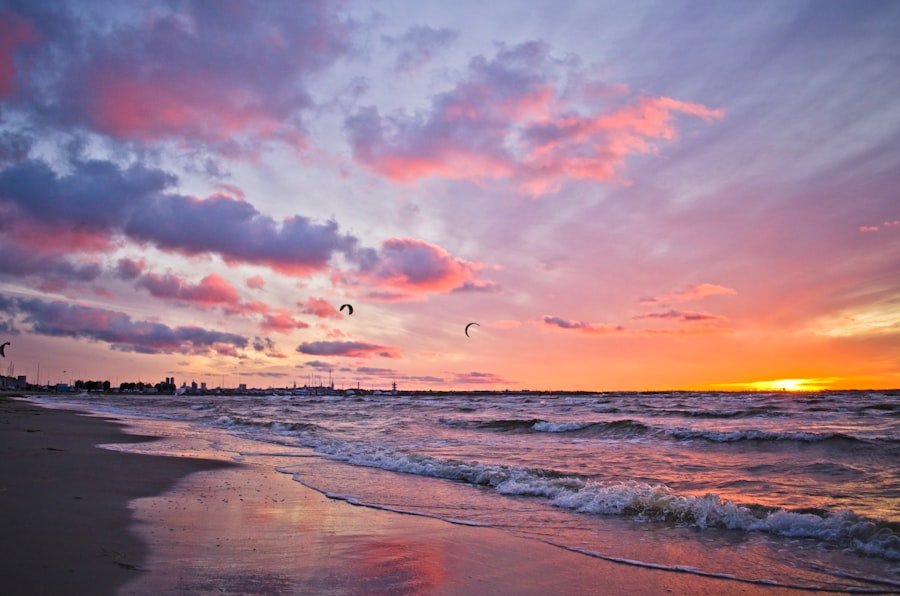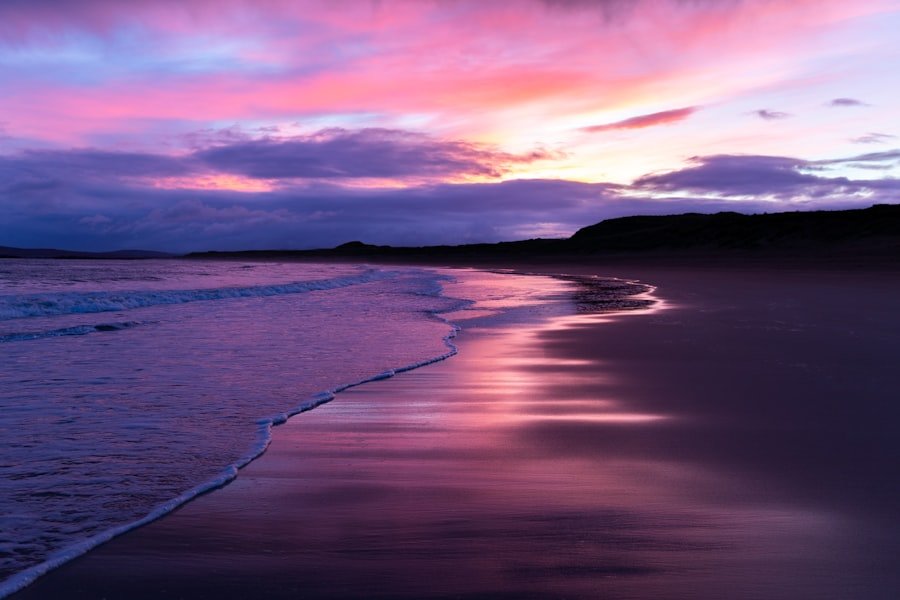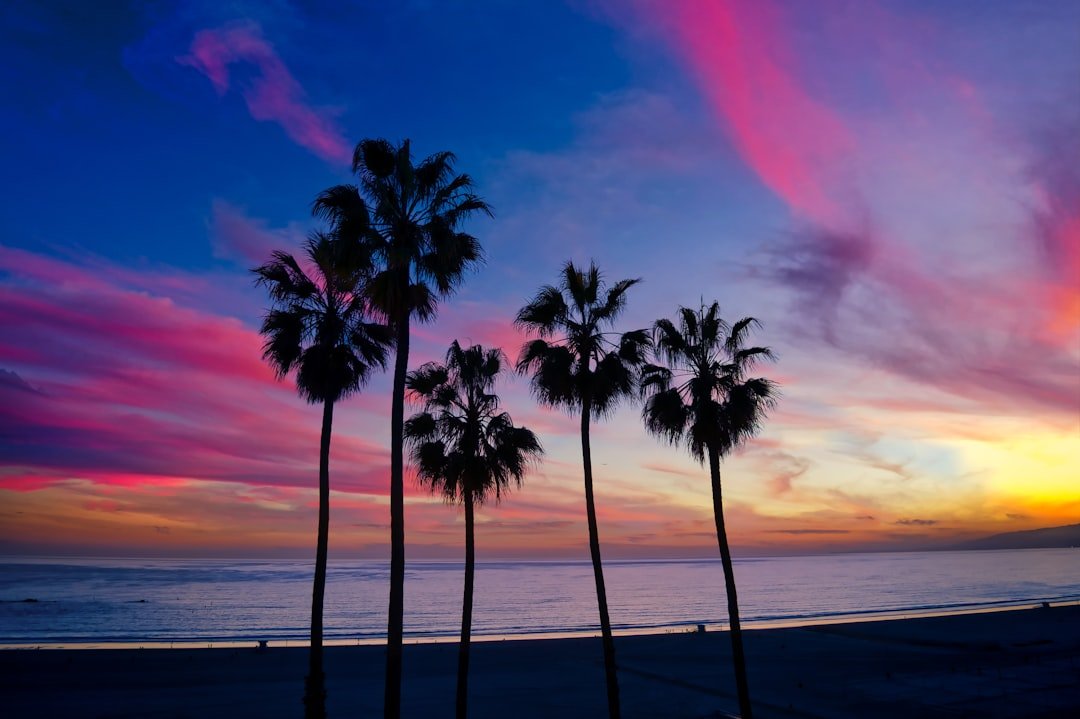Cabo Verde, an archipelago nestled in the Atlantic Ocean, is a hidden gem that beckons travellers with its stunning landscapes and vibrant culture. Comprising ten volcanic islands, this nation offers a unique blend of African and Portuguese influences, making it a fascinating destination for those seeking both adventure and relaxation. As you step onto its shores, you will be greeted by a warm climate, friendly locals, and a rich tapestry of history that dates back to the 15th century when the islands were discovered by Portuguese explorers.
The islands of Cabo Verde are not just about picturesque views; they are also steeped in a diverse cultural heritage. Each island has its own distinct character, from the lush greenery of Santo Antão to the arid beauty of Sal. Whether you are an avid hiker, a beach lover, or a culture enthusiast, Cabo Verde has something to offer everyone.
As you embark on your journey through this enchanting archipelago, you will find that it is a place where nature and culture intertwine seamlessly, creating an unforgettable experience.
Summary
- Cabo Verde is a stunning archipelago off the coast of West Africa, known for its beautiful beaches, vibrant culture, and rich history.
- Top attractions in Cabo Verde include the historic Cidade Velha, the volcanic landscapes of Fogo Island, and the lively markets of Mindelo.
- The best beaches in Cabo Verde can be found on Sal, Boa Vista, and Maio islands, offering pristine white sands and crystal-clear waters.
- Exploring the culture and history of Cabo Verde involves visiting museums, attending traditional music and dance performances, and learning about the country’s colonial past.
- Cuisine and dining in Cabo Verde feature a mix of African, Portuguese, and Brazilian influences, with fresh seafood, hearty stews, and tropical fruits being staples of the local diet.
Top Attractions in Cabo Verde
When it comes to attractions, Cabo Verde is brimming with options that cater to all interests. One of the must-visit spots is the vibrant capital city of Praia, located on the island of Santiago. Here, you can explore the historic Plateau district, where colonial architecture stands as a testament to the islands’ past.
The bustling markets are perfect for immersing yourself in local life, offering everything from handmade crafts to fresh produce. As you wander through the streets, the sounds of traditional music will likely fill the air, inviting you to stop and enjoy a performance. Another highlight is the island of Fogo, home to the majestic Pico do Fogo volcano.
This active volcano is not only a natural wonder but also a site of cultural significance for the locals. Hiking to the summit rewards you with breathtaking views of the surrounding landscape and the opportunity to witness the unique flora and fauna that thrive in this volcanic environment. The charming town of São Filipe at its base is worth exploring as well, with its colourful houses and welcoming atmosphere.
The Best Beaches in Cabo Verde

Cabo Verde is renowned for its stunning beaches, each offering a unique experience that caters to sun-seekers and water sports enthusiasts alike. One of the most famous beaches is Santa Maria on the island of Sal. With its powdery white sands and crystal-clear waters, it is an idyllic spot for sunbathing and swimming.
The beach is lined with vibrant bars and restaurants where you can sip on a refreshing cocktail while soaking up the sun. As the day winds down, the sunset over the ocean creates a magical atmosphere that is simply unforgettable.
This beach is perfect for those looking to escape the crowds and enjoy some tranquillity. The surrounding dunes create a picturesque backdrop for leisurely strolls or simply lounging with a good book. If you’re feeling adventurous, consider trying your hand at kite surfing or windsurfing, as the consistent winds make it an ideal location for these thrilling activities.
Exploring the Culture and History of Cabo Verde
| Aspect | Details |
|---|---|
| Population | Approximately 550,000 |
| Languages | Portuguese and Cape Verdean Creole |
| Colonial History | Formerly a Portuguese colony |
| Music | Morna and Funaná are popular genres |
| Cultural Influences | African, Portuguese, and Brazilian |
Cabo Verde’s culture is a vibrant tapestry woven from African, Portuguese, and Brazilian influences. As you explore the islands, you will encounter traditional music genres such as morna and coladeira, which reflect the soul of the people. The annual Carnival celebrations are a highlight of the cultural calendar, showcasing colourful parades filled with music, dance, and elaborate costumes.
Participating in these festivities allows you to connect with locals and experience their joyous spirit firsthand. The history of Cabo Verde is equally captivating. The islands were once a significant stop on the transatlantic slave trade route, which has left an indelible mark on their cultural landscape.
Visiting historical sites such as Cidade Velha on Santiago Island provides insight into this complex past. This UNESCO World Heritage site features well-preserved colonial architecture and ruins that tell stories of resilience and adaptation. As you walk through its cobbled streets, you can almost hear echoes of history whispering through time.
Cuisine and Dining in Cabo Verde
Cabo Verdean cuisine is a delightful fusion of flavours that reflects its diverse cultural influences. As you indulge in local dishes, you’ll discover an array of ingredients sourced from both land and sea. One must-try dish is cachupa, a hearty stew made with corn, beans, and various meats or fish.
This traditional meal is often enjoyed during family gatherings and celebrations, making it a true representation of Cabo Verdean hospitality. Seafood lovers will be in paradise here, as fresh fish is abundant throughout the islands. Grilled tuna or marlin served with rice and vegetables is a popular choice among locals and visitors alike.
Don’t forget to sample some local delicacies like pastel com diabo dentro—savory pastries filled with spicy tuna—or bolo de caco, a delicious garlic bread that pairs perfectly with any meal. Dining in Cabo Verde is not just about satisfying your hunger; it’s an opportunity to engage with local culture and traditions.
Outdoor Activities in Cabo Verde

Island Hiking Adventures
Hiking enthusiasts will find their nirvana on Santo Antão Island, where rugged mountains and lush valleys create breathtaking trails. The hike from Paul to Ribeira Grande takes you through terraced fields and offers panoramic views that are simply spectacular. As you traverse these paths, you’ll encounter local farmers tending to their crops, providing insight into traditional agricultural practices.
Water Sports Galore
Water sports are also a major draw in Cabo Verde’s pristine waters. Whether you’re interested in snorkelling amongst vibrant coral reefs or diving into deeper waters to explore shipwrecks, there are plenty of opportunities to get your adrenaline pumping. The islands’ consistent winds ideal for kite surfing and windsurfing as well.
Relax and Take in the Views
If you’re looking for something more laid-back, consider taking a boat tour around the islands to soak in their natural beauty from a different perspective.
Practical Tips for Travelling to Cabo Verde
Before embarking on your journey to Cabo Verde, it’s essential to be well-prepared to ensure a smooth experience. First and foremost, check if you require a visa to enter the country; many nationalities can obtain one upon arrival at the airport. It’s advisable to have some cash on hand as not all establishments accept credit cards, especially in more remote areas.
The local currency is the Cape Verdean escudo (CVE), so be sure to exchange some money before your trip. When it comes to packing, consider bringing lightweight clothing suitable for warm weather, along with comfortable shoes for hiking and exploring. Don’t forget essentials like sunscreen and insect repellent to protect yourself from the sun and pesky bugs.
Lastly, while English is spoken in tourist areas, learning a few basic phrases in Portuguese or Creole can go a long way in enhancing your interactions with locals.
Why Cabo Verde Should Be Your Next Travel Destination
Cabo Verde is more than just a travel destination; it’s an experience that captivates your senses and leaves lasting memories. With its stunning landscapes, rich culture, delectable cuisine, and endless outdoor activities, it offers something for every type of traveller. Whether you’re seeking adventure on volcanic peaks or relaxation on pristine beaches, this archipelago has it all.
As you contemplate your next getaway, consider Cabo Verde as your destination of choice. Its unique blend of natural beauty and cultural richness promises an unforgettable journey that will inspire you long after you’ve returned home. So pack your bags and get ready to discover the magic of Cabo Verde—an island paradise waiting just for you!
If you are planning a trip to Cabo Verde, be sure to check out this article for some helpful tips and recommendations.
Whether you are interested in exploring the stunning beaches, trying out the local cuisine, or learning about the rich history and culture of the islands, this article has got you covered. Don’t miss out on the opportunity to experience the magic of Cabo Verde!
FAQs
What is Cabo Verde?
Cabo Verde, also known as Cape Verde, is a group of 10 volcanic islands located off the northwest coast of Africa in the Atlantic Ocean. It is an independent island country and a popular tourist destination.
What is the capital of Cabo Verde?
The capital of Cabo Verde is Praia, which is located on the southern coast of Santiago, the largest and most populous island in the country.
What is the official language of Cabo Verde?
The official language of Cabo Verde is Portuguese, but Cape Verdean Creole is also widely spoken.
What is the currency used in Cabo Verde?
The currency used in Cabo Verde is the Cape Verdean escudo (CVE).
What is the climate like in Cabo Verde?
Cabo Verde has a tropical climate with a dry season from November to July and a rainy season from August to October. The average temperature ranges from 24°C to 30°C throughout the year.
What are the popular tourist attractions in Cabo Verde?
Some popular tourist attractions in Cabo Verde include the beaches of Sal and Boa Vista, the historic town of Cidade Velha, the volcanic landscapes of Fogo Island, and the vibrant music and cultural scene in Mindelo on São Vicente Island.
What activities can tourists do in Cabo Verde?
Tourists in Cabo Verde can enjoy activities such as hiking, windsurfing, kiteboarding, snorkelling, diving, and exploring the local music and dance scene.
What are the entry requirements for visiting Cabo Verde?
Visitors to Cabo Verde must have a valid passport and may require a visa, depending on their nationality. It is advisable to check the specific entry requirements with the nearest Cabo Verdean embassy or consulate before travelling.



